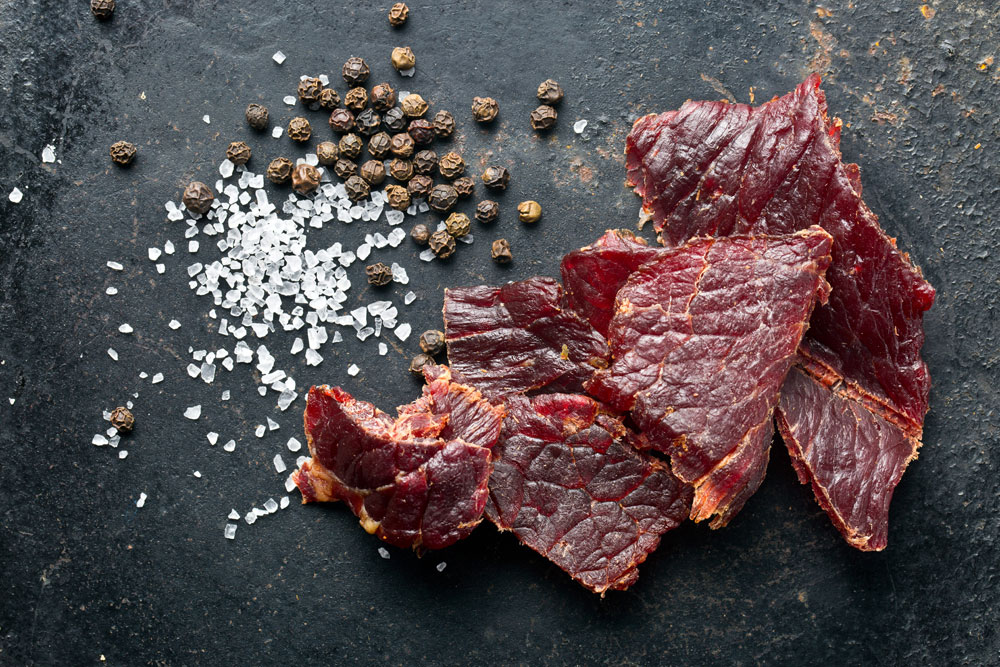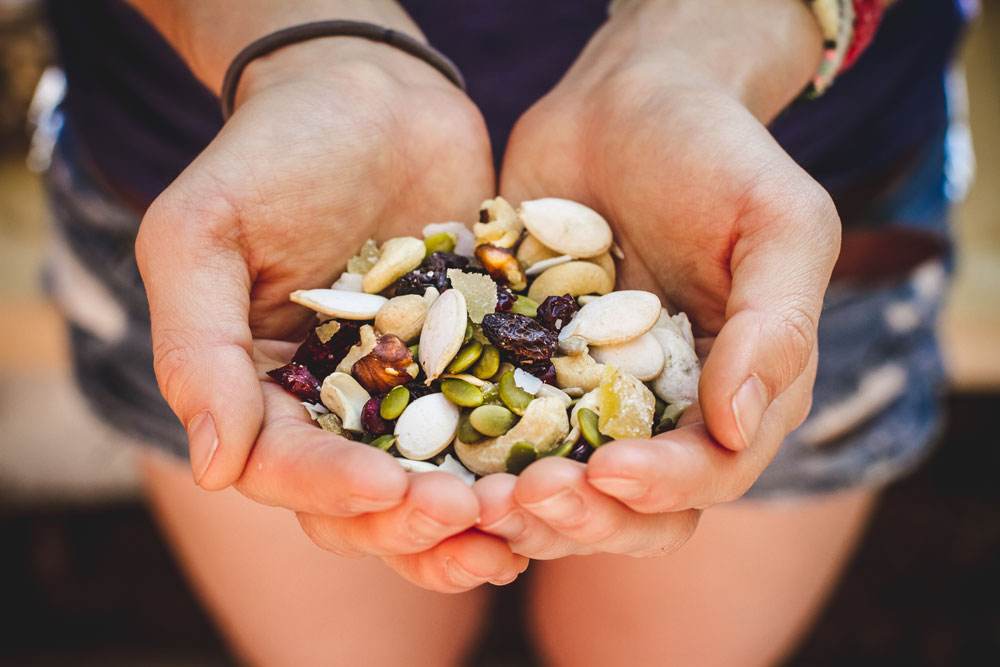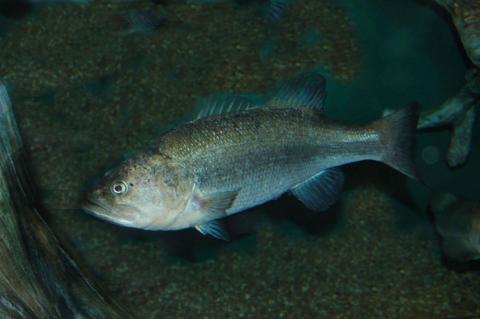Dehydration is a fast and inexpensive way to preserve your harvest and extend the life of your favorite foods. Hunters and hikers who spend extended amounts of time out in the field know just how handy dehydrated food can be. Whether you’re trying to pack light or load up on food that doesn’t require much cooking or other prep, dehydrated foods are a convenient way to get your nutritional needs met.
New to the food dehydration process? From jerky, berries and more, here’s how to dehydrate your food.

Why Dehydrate Your Foods?
Food dehydration is a time-tested method of preserving food. People have used it for thousands of years to enable the nomadic lifestyle developed with hunter-gatherers foraging for food, and it preserves perishable foods that otherwise could go bad because of mold, bacteria and rot. Cultures from around the globe have perfected food dehydration techniques throughout the years, traditionally using the sun and wind to remove moisture from grains, fruits and meat to preserve them from season to season and enable their survival.
Today, dehydrating foods is a popular food preservation method that is both quick and cost-effective. Plus, it’s a great option for hunters, backpackers and campers who need to pack food that won’t perish, want multiple meal options and need a meal you can make with little-to-no cooking.
No matter your motivations for dehydrating your foods, it’s a useful way to make the food you grow, hunt or buy last longer while maintaining the flavors and tastes you enjoy.
How Food Dehydrating Works
You can dehydrate your food with several methods. While ancient methods primarily relied on the sun’s heat to dry foods, today you can dehydrate food through oven drying, freeze-drying or using a food dehydrator. Regardless of the method, the process reduces or removes moisture from the food to prevent mold, yeast and bacteria and increase shelf life.
Here are some of the most common ways to dehydrate your food:
Sun Drying
One of the oldest and most natural means of preserving food is sun drying. This method is the most effective method in areas with prolonged periods of sun, particularly in hot climates with temperatures that reach well into the upper 80s and have relatively low humidity. Good air circulation is also an important factor to help speed up the drying process.
To sun dry foods, such as fruits or vegetables, simply place them on racks in the sunshine and let the sun do the work of removing the moisture from your food. You may need to let the food dry for several days to rid it of moisture completely.
 Air Drying
Air Drying
Another simple method of food dehydration is air drying. This is an excellent method for herbs and greens you intend to use for teas or seasonings you don’t want damaged by the sun. Take your bundle of herbs or greens, tie it and hang it somewhere with adequate ventilation in the shade. This is an especially useful method when you have large amounts of food you want to dry but don’t have large enough equipment to accommodate all of it.
Oven Drying
Oven drying is another means of food dehydration most people can do in their kitchen without buying new equipment. While not the most efficient way of drying foods, you can dry most foods at a temperature of roughly 140°F or below in your oven. If you try to dry foods above that temperature, you’re more likely to cook them than you are to dry them out.
Freeze Drying
Freeze drying is another process that can be used to remove water from a variety of food, including greens, eggs, meats and more. Freeze-drying works by freezing food and then reducing pressure and adding heat to remove moisture through vaporization. Unlike other methods, it doesn’t shrink food or make it tougher, and your food retains most of its nutritional value.
You can use the freeze-drying method with a standard freezer, dry ice or a vacuum chamber. To freeze dry food in your freezer, first process the food by washing and drying it, as applicable, and slicing the food into smaller pieces.
Next, spread the food out so the pieces aren’t touching and place them in the freezer at the lowest possible temperature. Leave it in the freezer for several weeks to remove the moisture, limiting how many times you open the freezer. To test if the food is freeze-dried, remove a piece of the food and thaw it. If it darkens in color, it’s not yet freeze-dried.
Food Dehydrator
A more modern method of drying food involves the use of an electric dehydrator. This piece of equipment provides one of the most convenient means of dehydrating foods by allowing you to adjust the speed at which you dry your food.
It uses heating elements, a fan and vents to raise the temperature and circulate the heat and remove moisture. Most electric dehydrators provide guidance on what temperature to use on which foods, and you can use them to dehydrate a wide range of foods, including fruits, vegetables, meats, herbs and spices.
Types of Foods You Can Dehydrate
Depending on which method of food dehydration you use, you can dehydrate many types of foods. Some of these include:
- Fruits for snacks and trail mix or purees for fruit leather
- Vegetables for stews, soups and meals on the trail. Some vegetables, such as asparagus, broccoli and green beans, may require preheating before the dehydration process
- Meat and fish to create jerky for your next camping trip or to preserve for your favorite wild game recipes
- Nuts and seeds
- Sprouted grains, such as rice, quinoa and barley for flours and granolas
- Herbs for teas, cooking and baking
- Granola, crackers and bread
How to Store Dehydrated Foods

Once you’ve dried your harvest, it’s essential you store it properly to keep moisture out and ensure its longevity.
Before storing your dehydrated foods, check them for dryness. This is important to do after the cooling period because moisture can re-enter. Check that your dried vegetables are brittle and your dried fruits have a leathery texture.
To help ensure you’re properly storing each food, consider following these tips:
Use containers, glass jars, plastic bags or other cartons with tight lids and seals that are vapor-proof.
Firmly press down on or tighten lids to prevent bugs and other pests from eating your foods.
Check the container or bag within ten days of storing it to ensure moisture isn’t present. If you see any signs of moisture, remove the food and re-dry it. If there are any signs of mold, throw out the food and sterilize the container before reusing.
The Final Word
From the wild game you’ve hunted to fish you’ve caught and produce you’ve grown, you can dehydrate and store almost any type of food to make your harvest last longer and enjoy the fruits of your labor. Whether you wish to use more natural methods, such as sun and air drying, or to use a convenient electric food dehydrator, you can use many techniques to dehydrate and store meals.




























